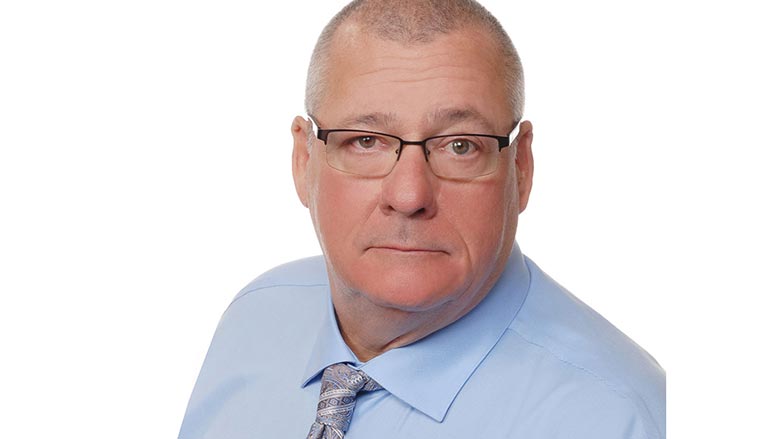Home » Keywords: » Radiant Professionals Alliance
Items Tagged with 'Radiant Professionals Alliance'
ARTICLES
Radiant Comfort Report 2023 Winter Edition
Executive’s Column | Hugo Aguilar, P.E.
There has never been a better time to join the RPA
What's new with the RPA
November 3, 2023
Hugo Aguilar: What's on the horizon for the Radiant Professionals Alliance
There has never been a better time to join RPA.
May 1, 2023
New standard addresses water quality for closed-loop hydronic systems
But it’s just water, isn’t it?
November 7, 2022
Dave Yates: Want to make more money?
Invest in yourself and your future by adding to your knowledge base.
June 3, 2022
EXECUTIVE’S COLUMN
Sean Cleary: Ensure you're making the correct system selection
May 3, 2022
Alan Wald: The Radiant Professionals Alliance continues to keep pace with members' wants
RPA focuses on improving member experiences using new methods during the pandemic.
November 8, 2021
EVENTS
Get our new eMagazine delivered to your inbox every month.
Stay in the know on the latest plumbing & piping industry trends.
SUBSCRIBE TODAY!Copyright ©2024. All Rights Reserved BNP Media.
Design, CMS, Hosting & Web Development :: ePublishing














